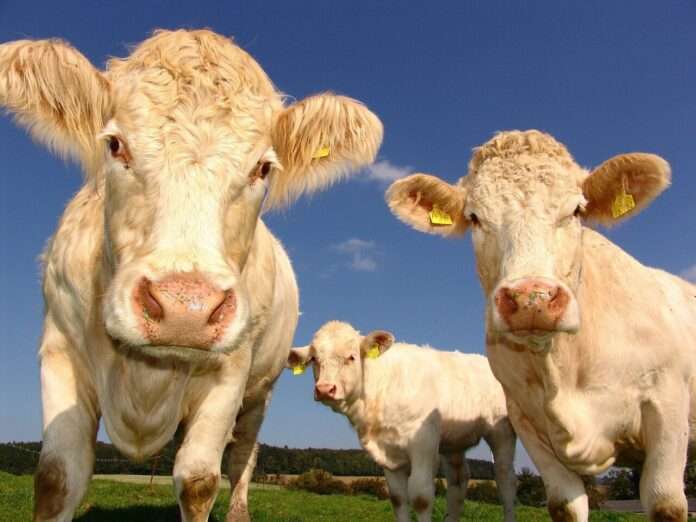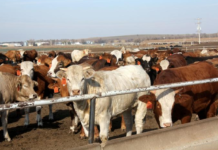Accurate records important in maximizing value of genetic tests
MANHATTAN, Kan. — The saying ‘knowledge is power’ often rings true in making decisions, and in the case of beef cattle genetic tests, this information can be a powerful tool provided producers know how to interpret the information for the herd, according to a Kansas State University beef cattle geneticist and animal sciences professor.
Speaking on a recent Cattle Chat podcast, Jennifer Bormann said that recordkeeping is the first step in building and genetic evaluation for the herd.
“Genetic testing is not a substitute for good recordkeeping. The best way to make progress in the performance of the herd is to record data to include birth weights, weaning weights and fertility,” Bormann said. “Working with a genetic evaluation service provider, such as a breed association, will allow EPDs (Expected Progeny Difference) to be calculated.”
In recent years, genetic testing — or genomics — has been developed to the point that samples are taken from the animal and analyzed in a lab for a fee, allowing producers to know the most precise information about the tested animal, Bormann said.
“On its own, a genomic test has limited value, but when it is combined with good recordkeeping and put into a system that allows you to make genetic predictions, then it is very valuable,” Bormann said.
All tests have limitations, she added, so it is important to remember that there are genetic correlations between traits when making herd decisions.
“If we select for one trait, we may be inadvertently changing another trait, which is why data collection is key,” Bormann said. “If we have the data, we can select around a negative relationship between the traits.”
For producers sorting traits by economic value, Bormann directs them to look to the selection index.
“Selection index uses the actual economic calculations for a trait to help identify which animals will be the most profitable,” she said. “The caveat is that each producer must be judicious in selecting the right index to match the goals for their operation.”
For example, if a producer sells the calves at weaning time, there is no need to use an index that emphasizes carcass traits, Bormann said.
“By selecting the index that matches your goals, you’ll be able to find the best cattle to work in your operation,” Bormann said.
To hear the full discussion with Bormann and the Beef Cattle Institute experts, listen in to the Cattle Chat podcast online.
FOR PRINT PUBLICATIONS: Links used in this story
BCI Cattle Chat podcast, https://ksubci.org/2021/06/11/stocking-rate-cattle-cycle-value-of-genetic-testing-route-of-administration/
K State Research and Extension is a short name for the Kansas State University Agricultural Experiment Station and Cooperative Extension Service, a program designed to generate and distribute useful knowledge for the well being of Kansans. Supported by county, state, federal and private funds, the program has county extension offices, experiment fields, area extension offices and regional research centers statewide. Its headquarters is on the K State campus in Manhattan. For more information, visit www.ksre.ksu.edu. K-State Research and Extension is an equal opportunity provider and employer.
Story by:
Lisa Moser
785-532-2010
[email protected]
More information:
Jennifer Bormann
785-532-1222
[email protected]
Brad White
785-532-4243
[email protected]





